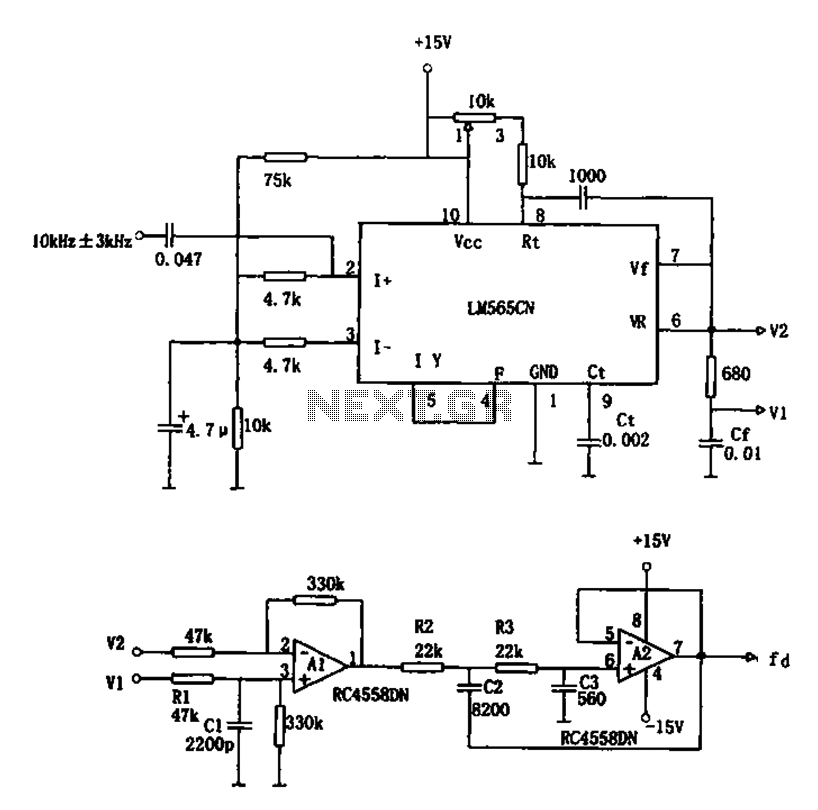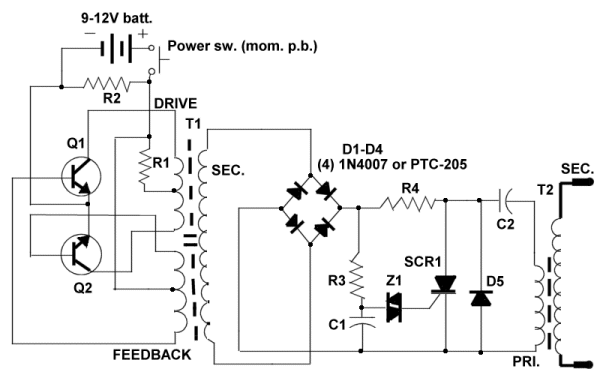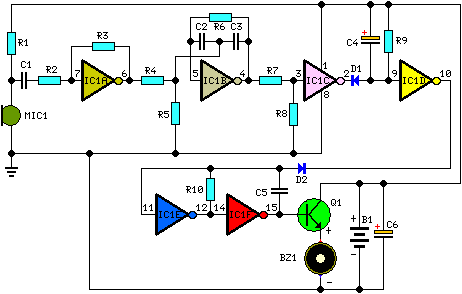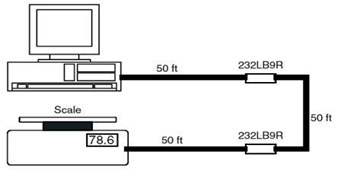
advanced bicycle lighting Schematic

That Circuit is an advanced bicycle lighting system which will power your lights and also charge four NiCd batteries while you running in the streets, for keeping the lights on while the bicycle is stopped. Its fully automated without any switches. More: You can not even use any PCB for that circuit.
The advanced bicycle lighting system described operates on a principle of energy generation and storage, ensuring that bicycle lights remain functional during both motion and stationary periods. The system utilizes a dynamo or a similar energy harvesting device that is mechanically linked to the bicycle's wheel. As the bicycle moves, the dynamo converts kinetic energy into electrical energy, which is then used to power the LED lights.
The charging mechanism for the four nickel-cadmium (NiCd) batteries is integrated into the circuit. The electrical output from the dynamo is rectified using a diode bridge to convert the alternating current (AC) produced by the dynamo into direct current (DC), suitable for charging the batteries. A charge controller circuit is essential to manage the charging process, preventing overcharging and ensuring the longevity of the NiCd batteries.
The system is designed to operate automatically, eliminating the need for manual switches. This is achieved through a combination of voltage sensing and a relay or transistor-based control mechanism that activates the lighting system when the bicycle is in motion and continues to draw power from the batteries when stationary.
The absence of a printed circuit board (PCB) suggests that the components may be assembled using a point-to-point wiring technique or mounted on a breadboard, which allows for flexibility in the design and easy modification or troubleshooting.
Overall, this bicycle lighting system exemplifies an efficient and sustainable approach to maintaining visibility and safety for cyclists, leveraging the principles of renewable energy and automated control.That Circuit is an advanced bicycle lighting system which will power your lights and also charge four NiCd batteries while you running in the streets, for keeping the lights on while the bicycle is stoped. Its fully automated without any switches. You can not even use any PCB for that circuit. 🔗 External reference
The advanced bicycle lighting system described operates on a principle of energy generation and storage, ensuring that bicycle lights remain functional during both motion and stationary periods. The system utilizes a dynamo or a similar energy harvesting device that is mechanically linked to the bicycle's wheel. As the bicycle moves, the dynamo converts kinetic energy into electrical energy, which is then used to power the LED lights.
The charging mechanism for the four nickel-cadmium (NiCd) batteries is integrated into the circuit. The electrical output from the dynamo is rectified using a diode bridge to convert the alternating current (AC) produced by the dynamo into direct current (DC), suitable for charging the batteries. A charge controller circuit is essential to manage the charging process, preventing overcharging and ensuring the longevity of the NiCd batteries.
The system is designed to operate automatically, eliminating the need for manual switches. This is achieved through a combination of voltage sensing and a relay or transistor-based control mechanism that activates the lighting system when the bicycle is in motion and continues to draw power from the batteries when stationary.
The absence of a printed circuit board (PCB) suggests that the components may be assembled using a point-to-point wiring technique or mounted on a breadboard, which allows for flexibility in the design and easy modification or troubleshooting.
Overall, this bicycle lighting system exemplifies an efficient and sustainable approach to maintaining visibility and safety for cyclists, leveraging the principles of renewable energy and automated control.That Circuit is an advanced bicycle lighting system which will power your lights and also charge four NiCd batteries while you running in the streets, for keeping the lights on while the bicycle is stoped. Its fully automated without any switches. You can not even use any PCB for that circuit. 🔗 External reference





